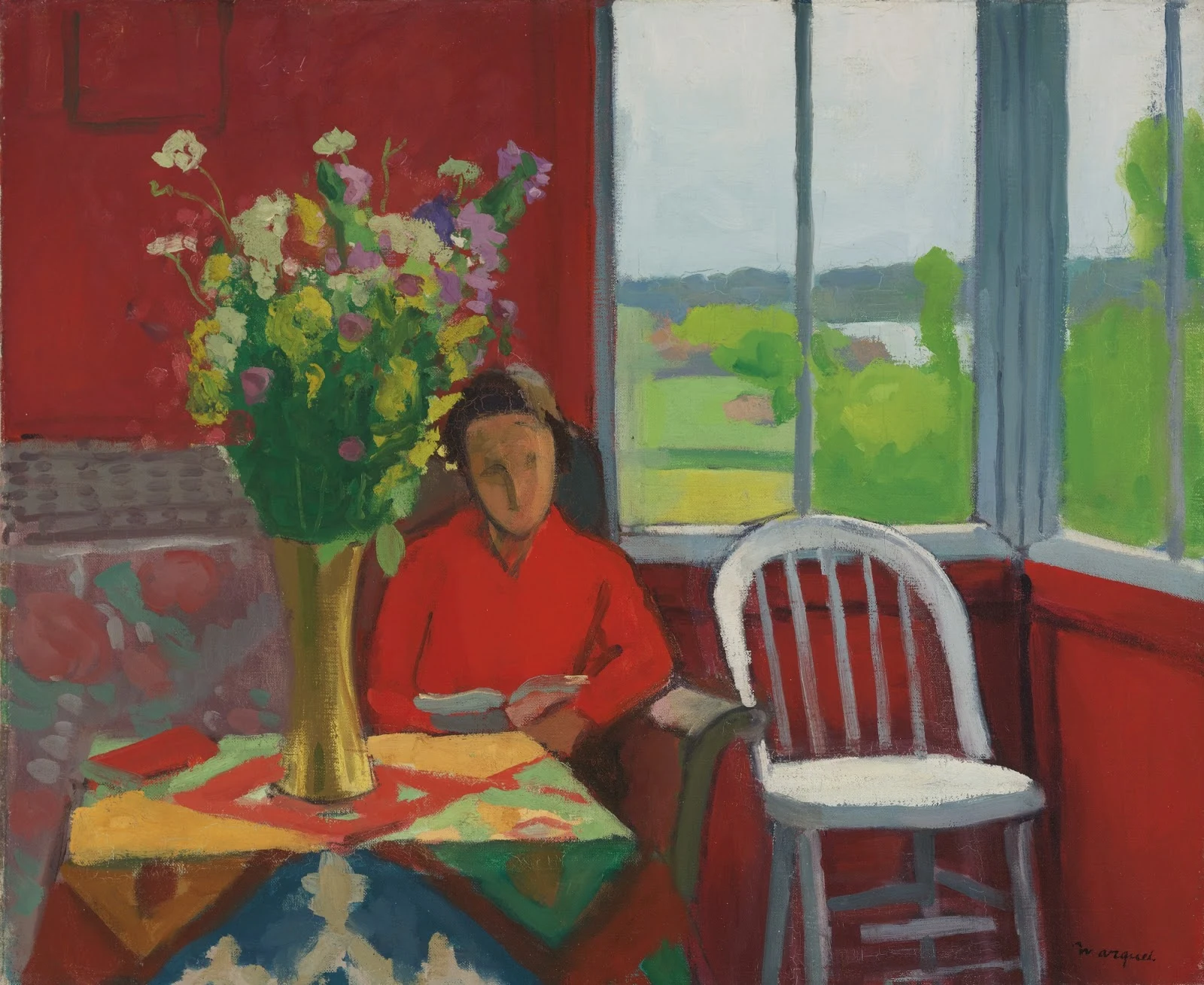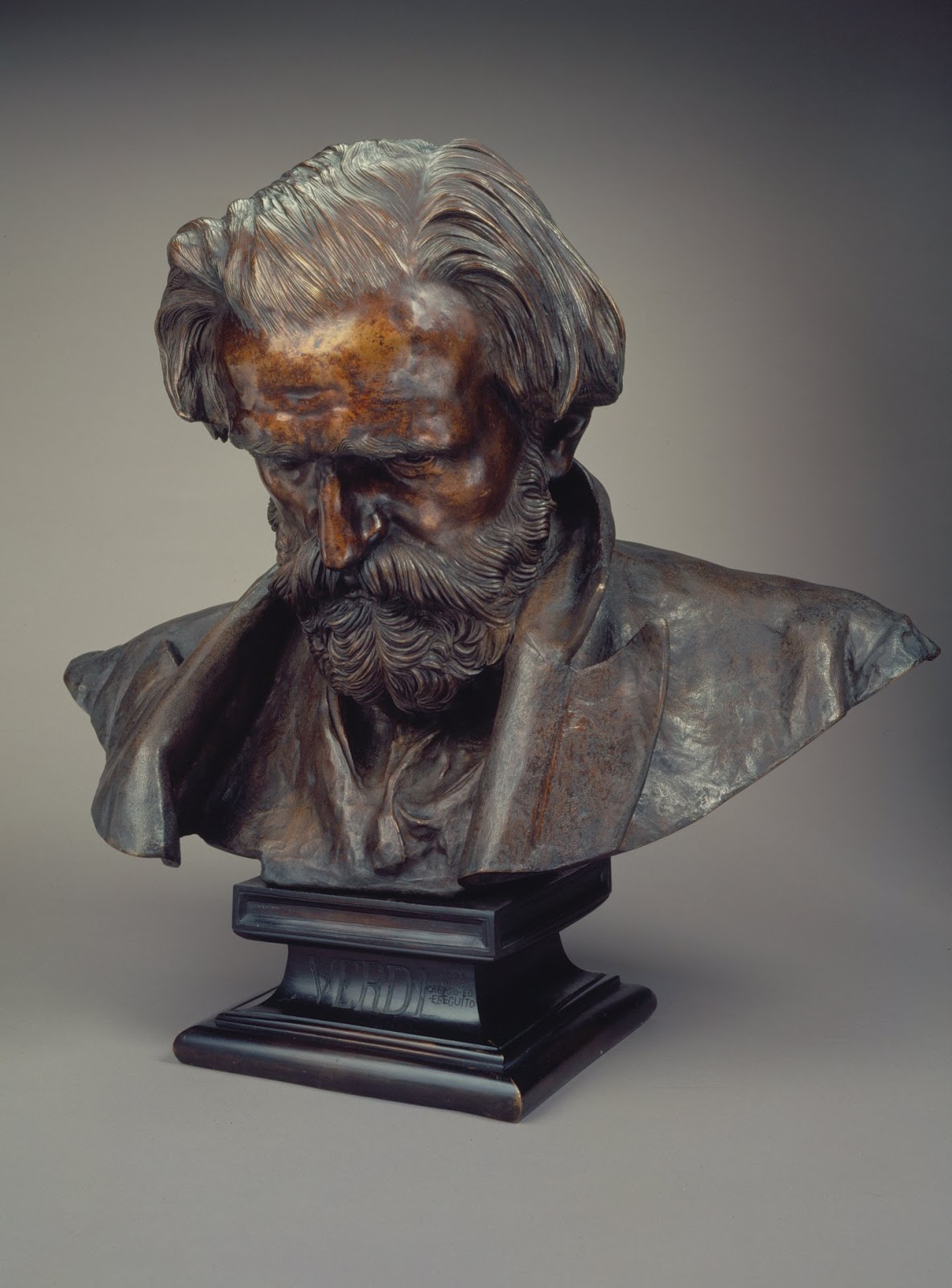Gustave Moreau, (Paris, 1826-1898), French Symbolist painter known for his erotic paintings of mythological and religious subjects.
The only influence that really affected Moreau’s development was that of his master, Théodore Chassériau (1819-56), an eclectic painter whose depictions of enigmatic sea goddesses deeply impressed his student.
In the Salon of 1853 he exhibited Scene from the Song of Songs and the Death of Darius, both conspicuously under the influence of Chassériau.











